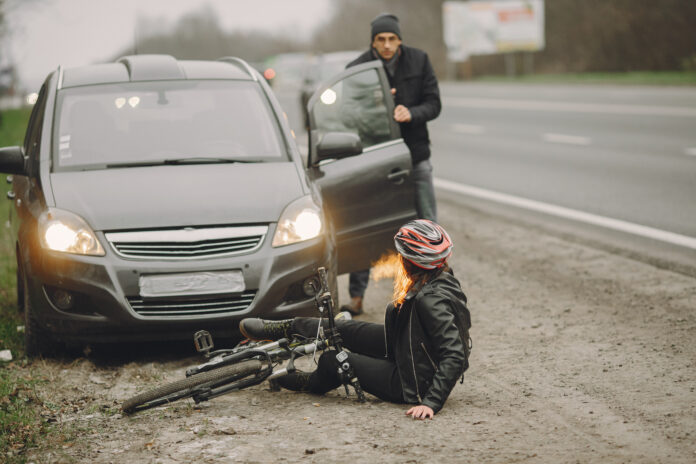Typically, the driver of a vehicle takes the blame for crashing into pedestrians. However, that is only sometimes the case. Sometimes, pedestrians are partially or entirely to blame for crashes involving cars, trucks, buses, and other vehicles.
Driver
Whose partly to blame for the pedestrian accident? Drivers owe pedestrians a duty of care to protect and drive in ways that do not harm them, which means following traffic laws, being mindful of environmental considerations, and driving safely. However, pedestrians also bear some responsibility for their safety, as they should use designated crosswalks and obey traffic signals. They could be held liable if they breach this responsibility and cause an accident by striking one of these pedestrians. Texting while driving, speeding, and disobeying traffic signals are all clear examples of drivers breaching their duty of care, making it vital for pedestrian accident lawyers who understand these complexities to fight them on your behalf. Pedestrians must also exercise reasonable precautions for their safety, such as crossing at marked crosswalks and obeying pedestrian traffic signals. Consulting a pedestrian accident attorney who understands comparative fault or contributory negligence can protect you if an insurance company claims you partially contributed to their injuries.
Pedestrian
Accidents between cars and pedestrians can happen anywhere: on a sidewalk, crosswalk, parking lot, or roadway. But vehicles in areas with high levels of pedestrian activity, such as intersections or shopping centers, are likelier to strike pedestrians by chance. Walkers must ensure their safety by using only designated crosswalks and sidewalks when crossing streets, looking both ways before crossing, and only crossing at designated crossing spots or crosswalks. As pedestrians, they should avoid becoming distracted while walking or engaging in risky behaviors like texting and driving, smoking cigarettes while walking drunk, or under the influence of drugs. Some states allow pedestrians to seek damages even if they were partially responsible for an accident. Conversely, other states follow the contributory negligence doctrine, which prevents any plaintiff who was even one percent at fault from recovering damages in an accident. Working with an experienced pedestrian injury lawyer is essential to understanding your legal rights and protections.
City
Pedestrians who are hit by vehicles often face serious injuries that result in substantial medical costs. While most pedestrian car accidents involve negligent or reckless drivers, pedestrians are also owed care duties and must obey pedestrian traffic signals and cross at designated crosswalks. Sadly, pedestrians are not always able to do so and can end up being hurt when they dart out into the road without using a crosswalk or enter the roadway from a location where drivers may not expect pedestrian traffic or walk while distracted or impaired by drugs or alcohol. Both parties can be partially liable in a pedestrian accident in many jurisdictions. If the court finds that a plaintiff was partly responsible for their accident, it will likely lower the damages they receive. This is because the doctrine of shared fault requires that each party be held accountable to the extent of their responsibility for an incident.
Also Read : Understanding Your Concerns: Austin Talcum Powder Lawyer Ready to Help
State
If a pedestrian is hit by a car, both parties might be partially responsible. This is known as a shared fault, which is determined by the laws of each state. Determining which party is accountable can be challenging, requiring evidence such as traffic camera footage and eyewitness statements. Pedestrians must adhere to traffic rules and only cross the street at designated crosswalks or areas where a light indicates it is safe. Pedestrians are also expected to look both ways before crossing, not walk into the path of a moving vehicle, and not use electronic devices while walking. Some states apply a pure comparative negligence rule, meaning that a pedestrian’s negligence is considered when calculating a settlement amount. If the court finds that a pedestrian was partially responsible for their accident by failing to follow reasonable care rules, their compensation will be reduced.

